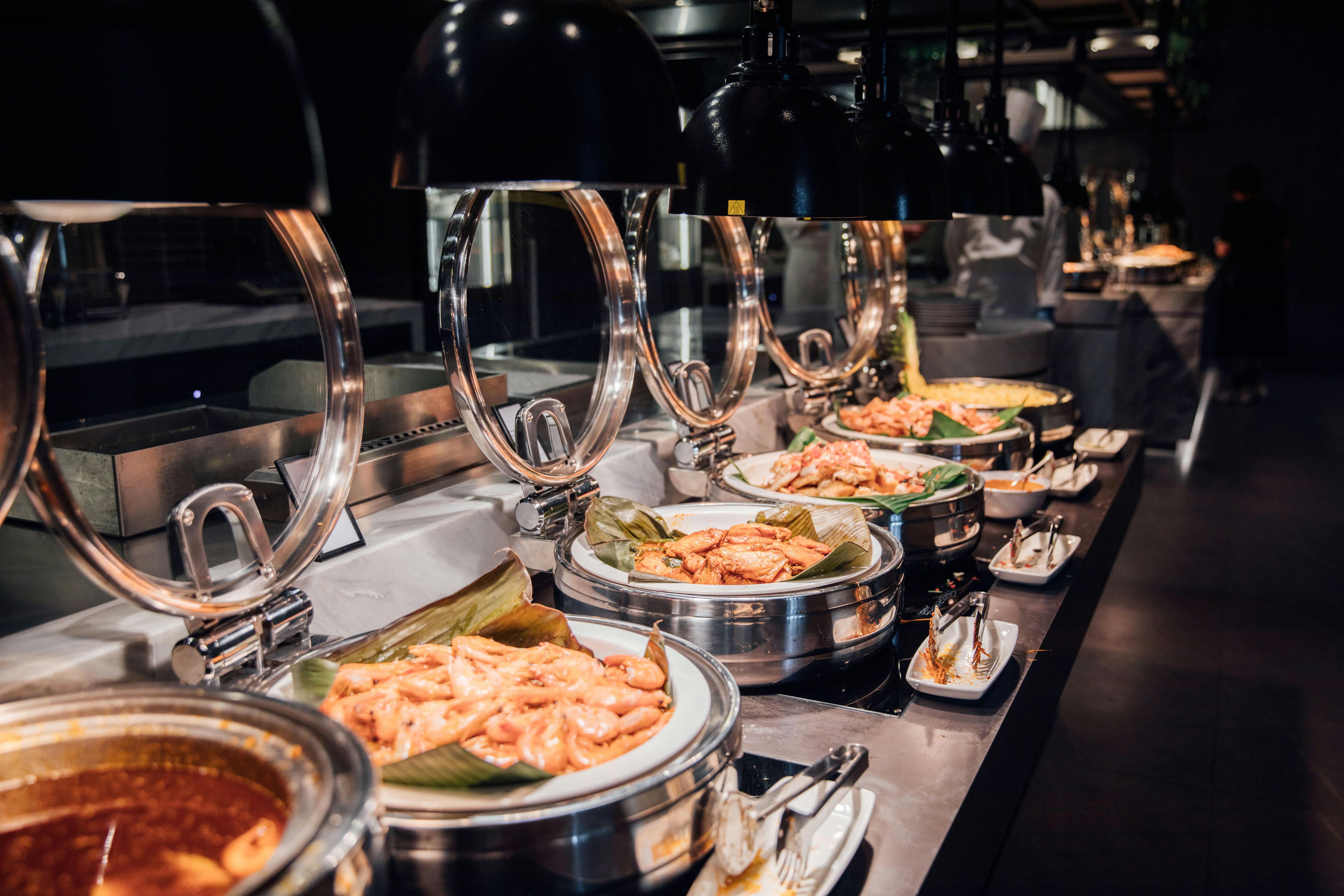Art, Culture and Museum Venue Buyouts in Japan
Author
Jack
Date Published

Hosting events within Japan’s art and heritage spaces offers unmatched elegance and brand distinction. From modern art museums in Roppongi to centuries old galleries in Kyoto, these venues elevate receptions and product launches with cultural depth and architectural beauty. Yet behind the charm lies complexity. Most cultural properties operate under strict preservation laws and municipal management. Noise limits, catering restrictions, and curatorial supervision shape what is possible. For planners, success depends on understanding the permit system, capacity limitations, and coordination protocols unique to Japan’s cultural infrastructure.
This guide explains how to book museum and gallery venues, navigate permit applications, manage catering and technical constraints, and learn from real examples that show how cultural authenticity and brand experience can coexist.

Permit and Application Procedures
Renting a museum or heritage hall in Japan requires early coordination with both the facility management and its supervising authority. Many museums are publicly owned and managed by foundations or prefectural boards, so event approval passes through several administrative stages.
Applications typically open six to twelve months in advance and must include a detailed event outline, floor plan, insurance certificate, and purpose statement describing how the event aligns with the institution’s cultural values. Certain heritage venues, especially those classified under Japan’s Cultural Properties Protection Law, also require preservation approval and inspection before setup.
Mini Checklist
- Submit application six to twelve months before the event date
- Include floor plan, event purpose, and insurance documentation
- Confirm if photography, lighting, or music require additional approval
- Obtain written confirmation from both the managing foundation and the municipal board
Clause Example:
The Organizer shall submit a complete application dossier to the venue’s administrative office for approval, ensuring compliance with cultural property regulations and preservation standards.
Work closely with the venue’s liaison officer to finalize site access and curator supervision schedules before contract signing.
Capacity and Usage Restrictions
Japanese museums and galleries often prioritize preservation over flexibility. Weight limits on floors, restricted movement zones, and sound level caps can affect layout planning. Capacities are typically lower than hotels or convention halls of similar size because of display spacing and artwork protection.
Seated receptions are rare inside exhibition halls, though lobbies, courtyards, or atriums are frequently available. Outdoor areas within temple or heritage precincts may also require additional noise and timing approvals from local neighborhood associations.
Mini Checklist
- Confirm maximum standing and seated capacities by zone
- Verify equipment load limits, floor protection, and installation times
- Ensure all technical work is completed under curator supervision
- Use rubber mats or foam pads beneath all stage or lighting equipment
Clause Example:
All setups, installations, and audience capacities shall remain within the limits approved by the museum’s preservation department to safeguard exhibits and flooring.
A pre-event walkthrough with curatorial staff helps identify restricted zones and adjust layout design accordingly.

Catering and Service Limitations
Catering permissions are the most sensitive aspect of cultural venue buyouts. Many institutions prohibit open flame cooking, oil-based dishes, or alcohol near galleries. Food and beverage service is typically allowed only in designated areas such as foyers or terraces. Outside catering is accepted if vendors provide proof of insurance, hygiene certification, and protective flooring materials.
If on-site catering is approved, planners must adhere to timed delivery windows and waste removal rules. Beverage stations must include spill mats, and cleaning staff remain until full teardown. Alcohol service hours are also strictly regulated in many prefectures.
Mini Checklist
- Confirm catering zones and delivery access routes
- Use sealed containers for all beverage transport
- Assign staff to manage floor protection and waste disposal
- Avoid red wine and staining foods inside the venue perimeter
Clause Example:
All food and beverage operations shall be restricted to approved areas and conducted under supervision of the venue’s operations staff to maintain preservation integrity.
Partner with caterers experienced in museum receptions to ensure quiet setup and non intrusive service.

Case Studies and Best Practices
Case Study 1: Luxury Brand Reception at The National Art Center Tokyo
A European luxury fashion house hosted an evening reception at The National Art Center Tokyo for a product reveal. Instead of a typical runway setup, the team created a minimalist installation that reflected the museum’s glass architecture. All lighting was programmed to avoid glare on surrounding exhibits, and catering was limited to the atrium. The brand collaborated with the museum’s curatorial team to integrate digital art projections that complemented the permanent collection without altering it. The event became a benchmark for balancing creativity with respect for venue restrictions.
Case Study 2: Technology Product Launch at Kyoto National Museum Annex
A global tech company launched a new wearable device inside the Kyoto National Museum’s annex hall. The design team used tatami inspired display panels and avoided direct sound amplification to protect fragile artifacts nearby. Guests were guided through the museum garden for networking, with catering zones set under transparent shelters approved by the preservation office. This collaboration earned praise from local media for showcasing innovation within a heritage environment and set a precedent for future tech brand events in cultural sites.
Best Practices for Cultural Venue Buyouts
- Align event concept with the artistic or historical narrative of the venue
- Engage early with museum curators and preservation officers
- Keep installation light, reversible, and fully removable
- Restrict catering and alcohol service to approved perimeter zones
- Replace stage lighting with projection or ambient designs
- Schedule setup and teardown around public opening hours
- Include local artists or cultural elements for authenticity
- Ensure all staff are briefed on preservation and noise protocols
- Retain a bilingual liaison to manage communications between brand, curator, and vendors
- Document all equipment footprints and submit for post event inspection
Clause Example:
The event design shall align with the venue’s cultural mission, ensuring installations, lighting, and services preserve both aesthetic harmony and artifact protection standards.
Following these principles transforms cultural spaces from restricted environments into collaborative creative platforms that reflect both brand identity and Japanese respect for heritage.
FAQs
1. How far in advance should a museum venue be booked?
Most open applications six to twelve months ahead, though heritage properties may require a year or more due to preservation review.
2. Can alcohol be served inside Japanese museums?
Only in designated catering zones and under strict supervision. Many venues restrict alcohol service to outdoor or foyer areas.
3. Are branded decorations allowed?
Yes, but they must be freestanding and non adhesive. Nothing may be attached to walls, floors, or display cases.
4. What happens if damage occurs during setup?
Immediate reporting is required. The organizer bears full repair costs and may lose future access privileges.
5. Are sound systems permitted in heritage venues?
Yes, but decibel levels are capped, and speakers must be floor isolated to prevent vibration near artwork.
Conclusion
Japan’s museums and heritage venues offer prestige, intimacy, and cultural resonance for brand events, but they demand planning precision. By mastering permit procedures, capacity rules, catering restrictions, and curatorial collaboration, planners can host receptions that honor both the venue and the brand.
Working within Japan’s framework of preservation and respect transforms these spaces into powerful storytelling platforms. To receive editable permit templates, bilingual venue request forms, and curator coordination checklists, connect with us for a cultural venue planning toolkit.